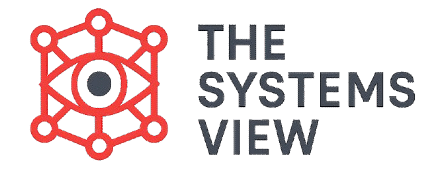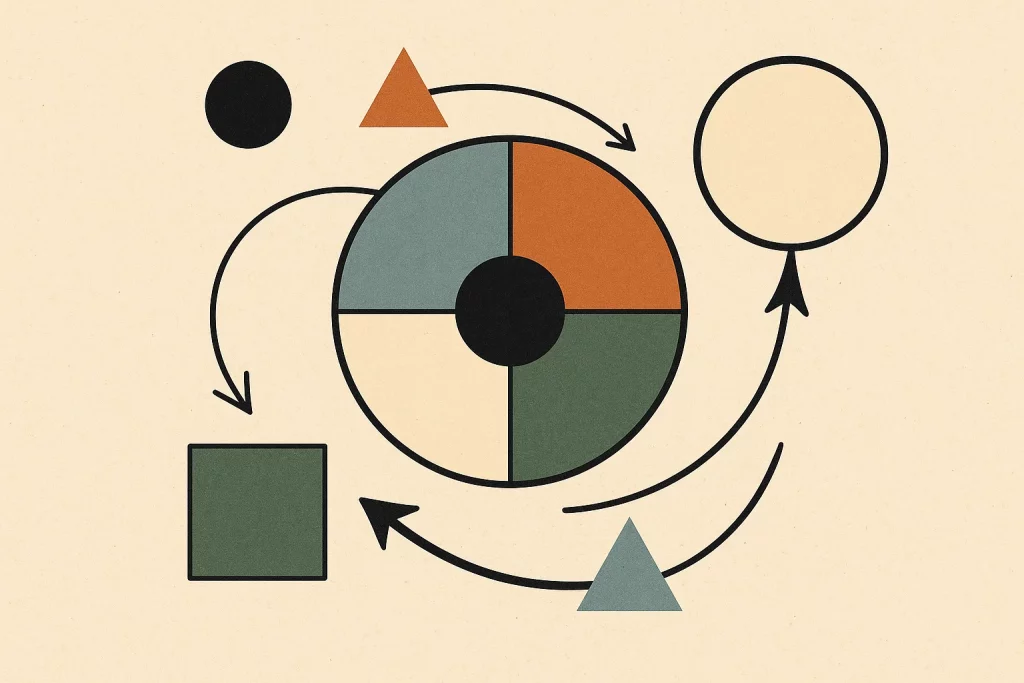Have you ever noticed that a business, a plant, and a family all follow similar, invisible rules for survival and growth? They all have boundaries, take in resources, and adapt to stay alive. General Systems Theory (GST) is the framework dedicated to studying these universal rules of organization.
GST argues that science should move away from reductionism or splitting the world into isolated parts. Instead, we must focus on the system as a whole and the relationships between its components. Pioneered by biologist Ludwig von Bertalanffy, the main goal of GST is to find principles that apply to all types of organized systems. This approach provides a common language that can unify all fields of science.
The Core Philosophy: Holism and Organization
General Systems Theory is built on the principle of holism. This is the powerful idea that the whole system is always greater than the sum of its individual parts. You cannot understand a living organism or a thriving company just by studying its pieces in isolation.
The distinction between a random collection of items and a system is organization. A heap of sand is not a system, but a clock is. In a clock, the parts are connected and arranged in a specific way that creates a new function: telling time. If you change the relationships between the clock’s gears, the entire function of the system is lost. GST focuses entirely on these relationships and the resulting properties of the whole.
Foundational Concepts
For a system to be considered an organized, living entity, General Systems Theory identified three essential concepts. These ideas separate a dynamic, surviving entity from a simple machine.
Open Systems
All living systems are open systems. This is the most crucial concept. An open system must constantly exchange both matter and energy with its environment across its boundary. A human cell must take in nutrients and expel waste to survive. In contrast, a closed system only exchanges energy. This constant flow is what allows a living system to maintain its complex organization over time.
Dynamic Equilibrium
Because open systems are constantly in exchange with the environment, they are never in a fixed, static state. They maintain their identity through constant rebuilding. This condition is called dynamic equilibrium. The system’s parts are always flowing and changing, but its overall form remains the same. Think of a river: the water is always new, but the river channel stays consistent. This flowing balance is the hallmark of life.
Holism
Holism is the core philosophical tenet of General Systems Theory. It asserts that the entire system possesses properties that are greater than the mere sum of its individual parts. The whole is understood only by studying the relationships, connections, and organization among the components.
This principle is directly opposed to reductionism, which seeks to explain complex phenomena by breaking them down into their simplest, smallest parts. Holism insists that understanding the organization, or the “gestalt,” is necessary to grasp the system’s behavior and essential nature.
Equifinality
Equifinality is the principle that a system can reach the same final state from many different starting points. For example, a healthy plant can grow strong even if it was initially planted in different kinds of soil. The final outcome is not strictly determined by the beginning conditions. This shows the system’s resilience and its ability to adapt and reorganize its internal processes to meet a specific end.
Conclusion
General Systems Theory is a foundational pillar of modern systems thinking. By establishing the principles of holism and defining life as an open system striving for dynamic equilibrium, GST provides a universal lens for viewing the world. It showed that common rules of organization apply across biology, sociology, and engineering. This framework provided the essential language for the thinkers who followed. We will explore these core concepts in greater detail after we cover the specific contributions of the key thinkers who helped advance this theory.



